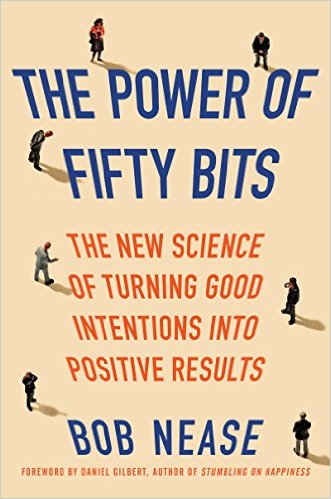There’s been some grumbling about how unaffordable health insurance has become under the Affordable Care Act. Most of the complaints are about the size of the deductible — how much the insured patient has to pay out of pocket for care before the insurance kicks in.
It’s important to note that the drive toward higher deductibles isn’t unique to individuals getting health insurance in the ACA exchanges. Increasingly, employers who provide insurance are moving to higher deductible offerings.
Are high deductibles just a way to stiff patients with more of the cost of their care? Not necessarily; the theory is that bigger deductibles are supposed to turn care-devouring patients into smarter, more cost-conscious consumers.
In need of a colonoscopy? If your plan covers the entire cost, you might just go to the swankiest provider available rather than the doc with the best outcomes and reasonable cost. But if if the cost – or a large part of it – comes out of your pocket, you might think again.
That’s the theory, anyway.
As fifty bits designers know, however, more information and steeper incentives often aren’t the best way to change behavior. Instead, fifty bits designers believe that nearly all of our behaviors reflect how our instinctual, automatic reactions interact with the environment.
In the case of high deductible plans, fifty bits design makes three predictions:
- Not much price shopping will happen. That’s because most patients wouldn’t necessarily be aware that there are lower-cost options available. (And even if we did know, price shopping for a colonoscopy isn’t that much fun… so we don’t do it.)
- The bulk of any savings will come from avoiding care. Money coming out of a patient’s pocket feels like a loss, and the easiest way to avoid that loss would be to simply avoid seeking care.
- No correlation between the care avoided and how valuable that care is. In other words, reductions in the amount of care sought wouldn’t be limited just to wasteful or low-yield interventions. That’s because people don’t know the benefits of these procedures in any meaningful way.
The bottom line? Classical economics has its theory (i.e., that HDHPs will cause patients to become better shoppers and reduce unnecessary care); fifty bits design has its theory too (i.e., HDHPs won’t do much other than shift cost and bluntly reduce utilization).
When theories go toe to toe absent evidence, it’s called Thanksgiving… at least with my family. But fortunately, we now have access to evidence from a remarkable natural experiment. As summarized in the NY Times and thoroughly detailed in a NBER report, a large company shifted from offering free health insurance (i.e., zero deductible) to a high deductible plan. Employees and their dependents were offered an online tool to help them price shop, and Health Savings Accounts were funded to the level of the deductible.
In addition, the typical employee was well educated and well paid ($125,000 per year). All told, this should have been the best case scenario for the use of HDHPs to generate more cost-effective use of medical care.
Researchers found that overall, patients did spend less on healthcare (about 12%). But none of the savings was due to price shopping, and most of it was due to simply using less care. Furthermore, utilization dropped regardless of whether the care was of high or low value.
Essentially, the findings of the study fly in the face of classical economics and align well with those of fifty bits design. That’s not just a bummer for the rational choice model. It’s a bummer for all of us because it eliminates one possible mechanism for reining in rising healthcare costs.
What mechanisms do you think might work to assure access to high quality, effective, and sustainable health care in the US?




